Netflix's One Piece showrunner talks Luffy, challenges, and convincing the naysayers
EXCLUSIVE | Steven Maeda isn't convinced anyone else could have been Luffy
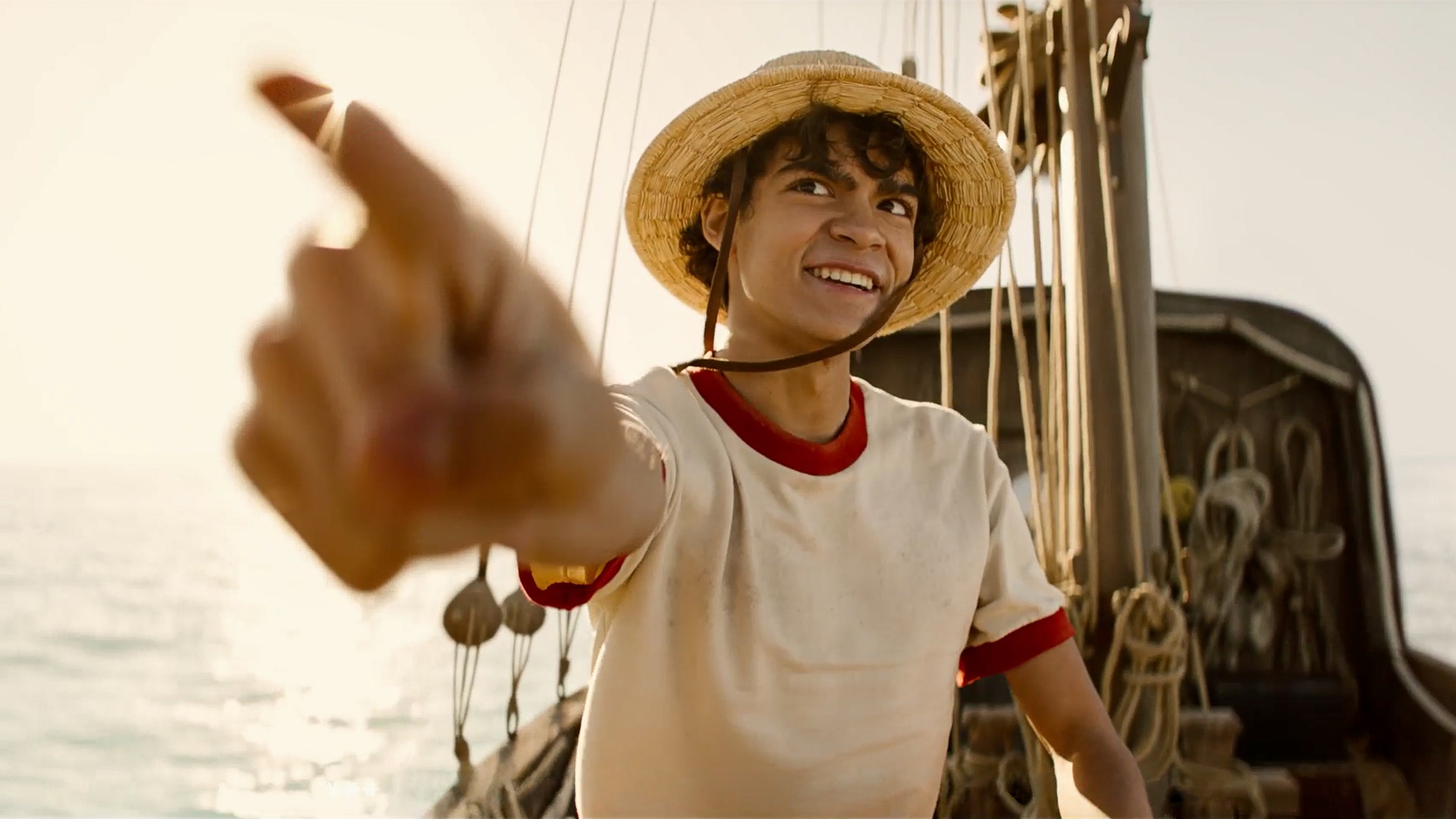
It would certainly seem that by whatever metric you want to measure it, Netflix's live-action adaptation of One Piece is off to a roaring start. After finally releasing at the end of August, reactions have been wildly positive, and the adaptation has seemingly broken the live-action anime curse.
Ahead of the show's first season releasing, GamesRadar+ had the opportunity to speak with showrunner Steven Maeda (who shares that honor with Matt Owens) all about getting to this point, the biggest challenge of the years-long project, working with the cast, and One Piece creator Eiichiro Oda.
The following interview has been lightly edited for clarity and length.
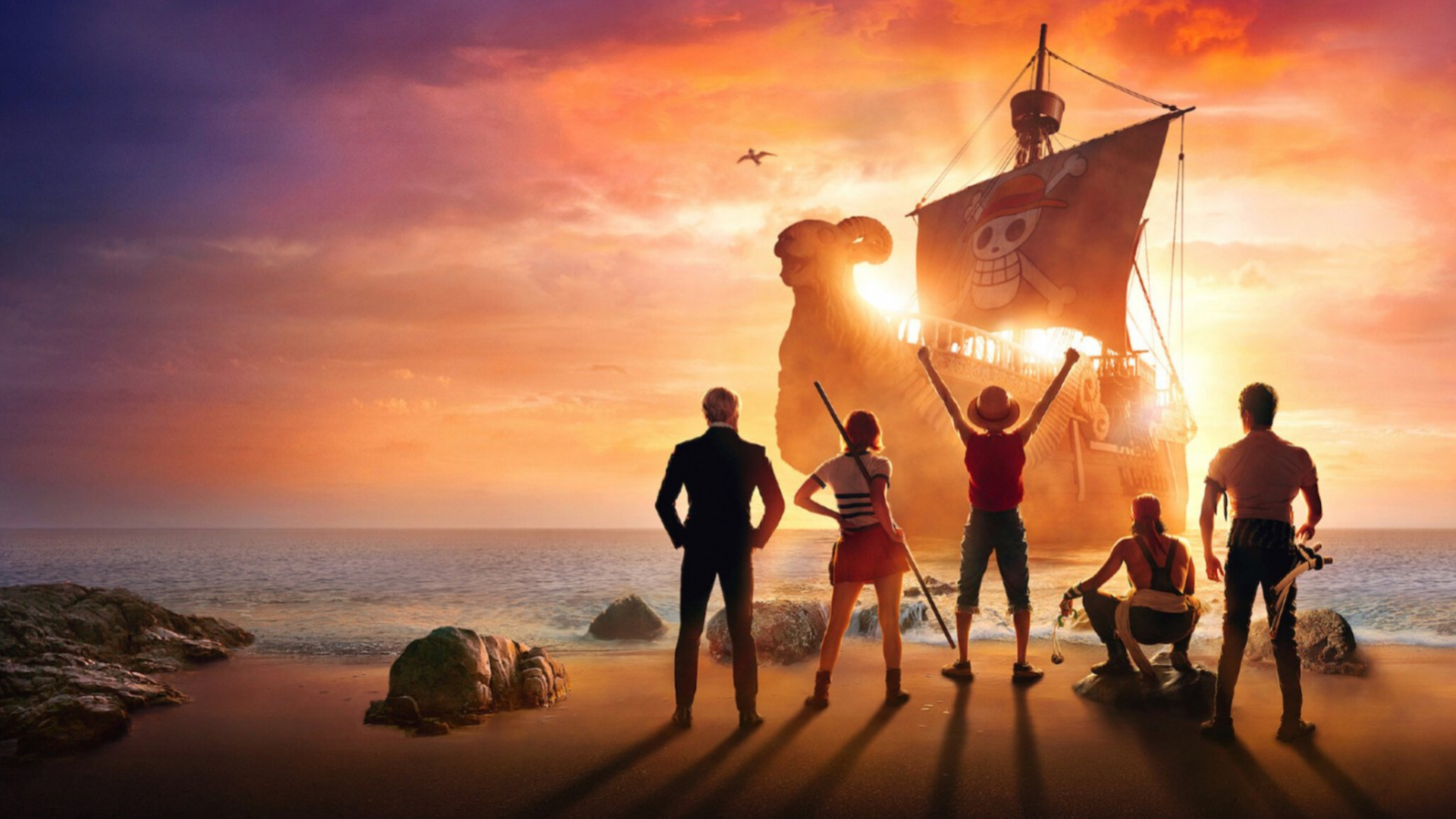
GamesRadar+: How familiar were you with One Piece beforehand? And what did you do to get ready?
Steven Maeda: I was familiar with One Piece, but not having done the deep dive. I had read a little bit, but really was not immersed in it. And so, when I first heard about the show, I thought: "Well, that's kind of interesting. Let me check that out." And I started reading, and then I kept reading, and I kept reading.
I had a pretty good idea that the first season was going to be East Blue, and so it was like, "All right, first 100 chapters." And so I just devoured them, and then I devoured them again, because there's just so much material, and you have to get it into your head. And then, as I started working on the show, I also kept reading. And so I think, what are we now? 1089 chapters or something like that? Oda's world just keeps on growing.
There's a lot of One Piece, and there's a lot of work that goes into this! But what was the biggest challenge of this whole thing for you?
Sign up for the Total Film Newsletter
Bringing all the latest movie news, features, and reviews to your inbox
I think for me, the biggest challenge was finding the balance in the show. And what I mean by that is, the fan base is so hardcore, they are so devoted, and so dedicated to this show. So, wanting to serve that fan base and have the show feel like, "Yes, this is One Piece!" Huge challenge just in and of itself.
But then in addition to that, if you just get the fans in and no one else watches, I don't think the show does well. So, we also had to make sure that the show is accessible for new fans and that people who are like, "One Piece, what's that?" will see the trailer, pop on it and go, "Oh, I'm in, I got to continue watching this." And so the challenge from start to finish was finding that balance between how much fan-service to do and how close to stay to the original manga, and how much to invent and allow the show to be its own thing.
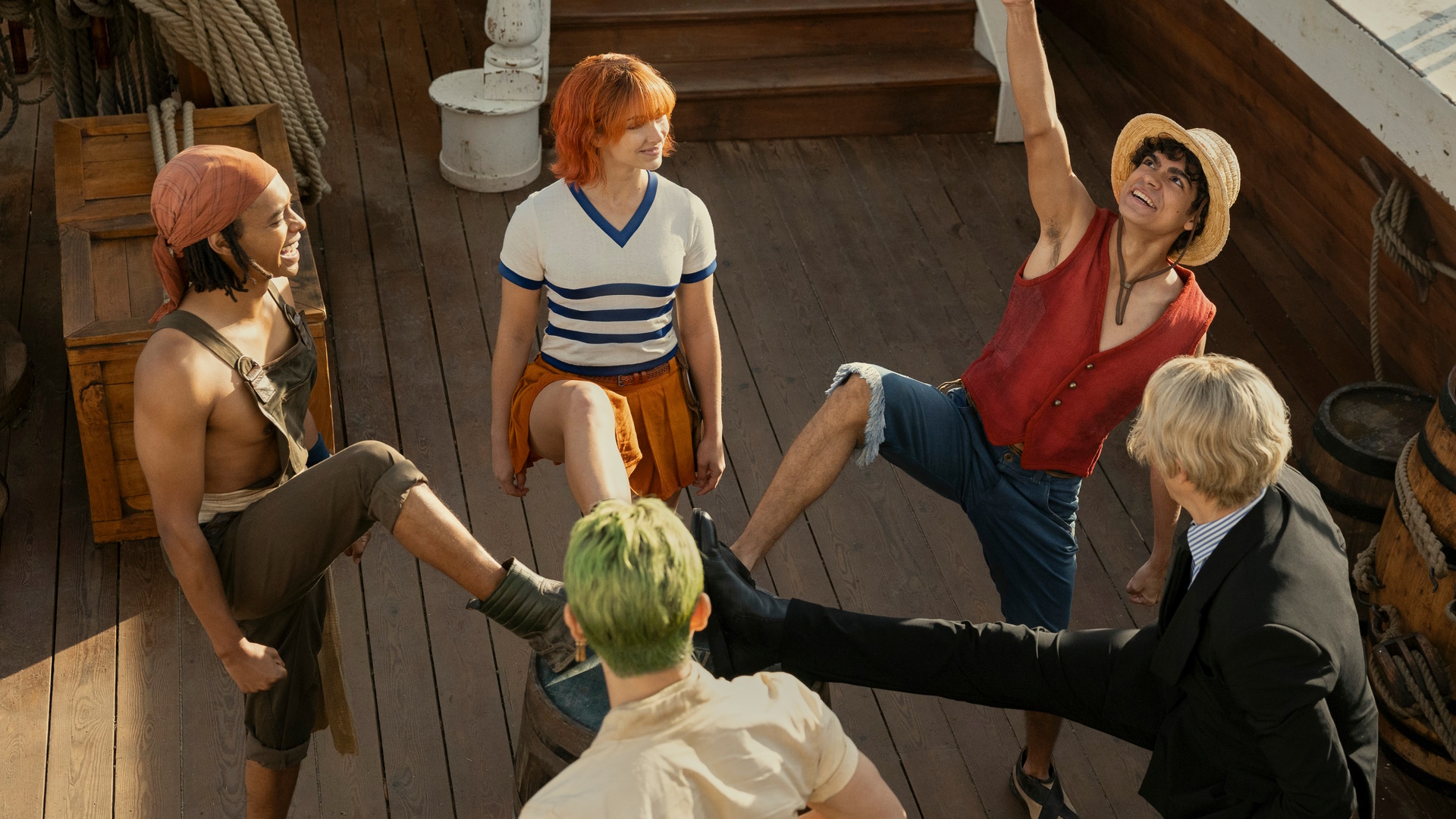
How did you go about making sure you folks had the right Luffy, et cetera? And what was it like working with the cast?
The cast was remarkable. They were really amazing. Such a disparate group of actors who came from all over the world. One of the things that was nice about the casting is that Oda-san, in one of his SBS notes from many years ago, a question was asked of him: what nationality would the Straw Hats be if they were of our world? And he answered in excruciating detail. So ,we took that and ran with it.
Luffy, we knew we wanted to look at Brazil to South America and to Central America. We knew we wanted Zoro to be Japanese. We knew so many things that we had this leg up that Oda himself had blessed. And so we thought, "This is a great idea, it's a great opportunity."
The casting process was difficult, only because we were really searching for the right person, regardless of if they were known or not. It wasn't a typical kind of star casting vehicle. And we found some people who had a lot of experience, some people who had very little.
And of course, as you mentioned with Luffy, Iñaki Godoy was such a find. If we had not been able to get him on the show, I don't know who else could have done it. Because he is such a happy and genuine person, and what you see on screen and in interviews? That's Iñaki, and it's kind of hard to believe because he's just that guy.
And it was so much fun to watch him first start to bring his personality to the role, but then really start to inhabit it and do things in the role that were not scripted, but were perfectly Luffy. It's like, he would just take off at a run to get from one place to the next. And it's like, "Why is he running? I don't know, but it's great. Let's keep doing that!" And so, yeah, the casting process, I feel like we got very fortunate, but also, we had good people put in front of us.
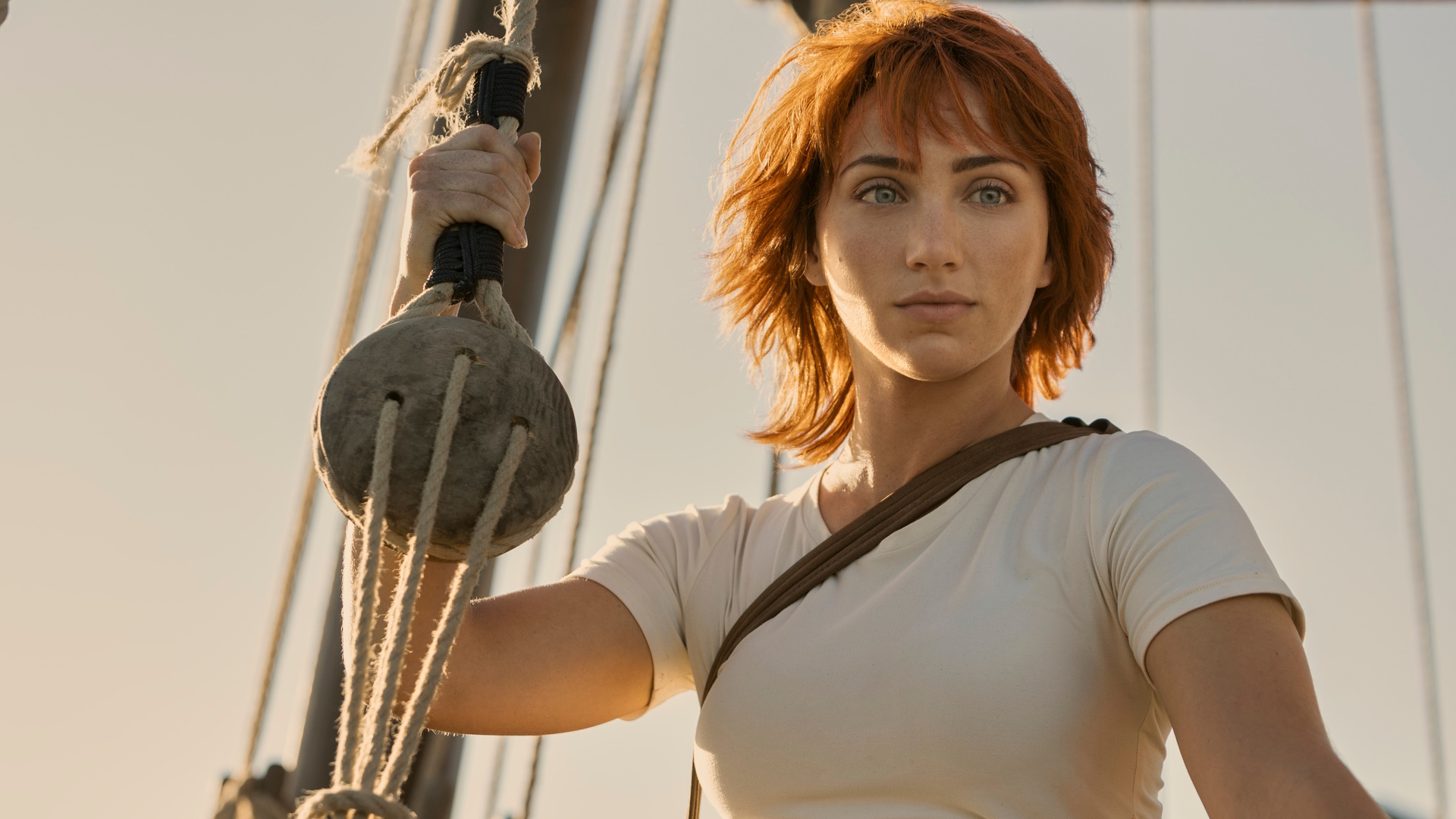
I briefly interviewed Oda yesterday, and I know from that interview and from everything that's been publicly said, he was not afraid to voice his opinion about things and that he was pretty–
[laughs]
–heavily involved. What sort of notes did he have for you? Was there anything you ended up having to like, go to bat for?
Absolutely. Look with a creator who has – he's a genius. This is his sandbox, and we're just playing in it. That being said, eight episodes of television is not 100 chapters of manga. And so there definitely had to be some adaptation that went on. It's an adaptation. If you're doing a 1:1, I don't see the point in that.
That being said, there are one-to-one moments in the show that we felt were things that needed to be as much like a manga as possible. And then there were places where we took some liberties in the hopes that it would feel like it could have happened in One Piece, even if it didn't happen exactly that way in the manga.
So yeah, Oda-san was very opinionated, very challenging, and constantly on us to say, "Is that One Piece?" And it was really interesting for the writers and producers to kind of learn One Piece from him and from the source material, but then also to see that translated through to all our department heads as we got into production, because it's such a steep learning curve to understand what is One Piece and what is not. And I'm hoping that we got that mostly right. But it was definitely challenging for everybody, and I feel like we got it.
It's interesting to hear your opinion on that, because, of course, there are a ton of adaptations out there. There are so many across so many different genres. And the originals of these things are great, but 1:1, if you're not being additive, what are you adding to the conversation, right?
Exactly! Exactly right. And so that was why the first thing to do for me was… OK, how are we going to structure this, because if we have eight episodes to tell a story, that's very different from chapters of manga that don't necessarily have that same kind of built-in arc and emotionality to the eight episodes. We made a couple of changes and did some additive things that help the jeopardy, help the stakes, help the emotion of it. The way that we did flashbacks for everybody, and I was very keen on doing flashbacks for everyone, even though it was very expensive to do so. But I think it will pay off in spades.
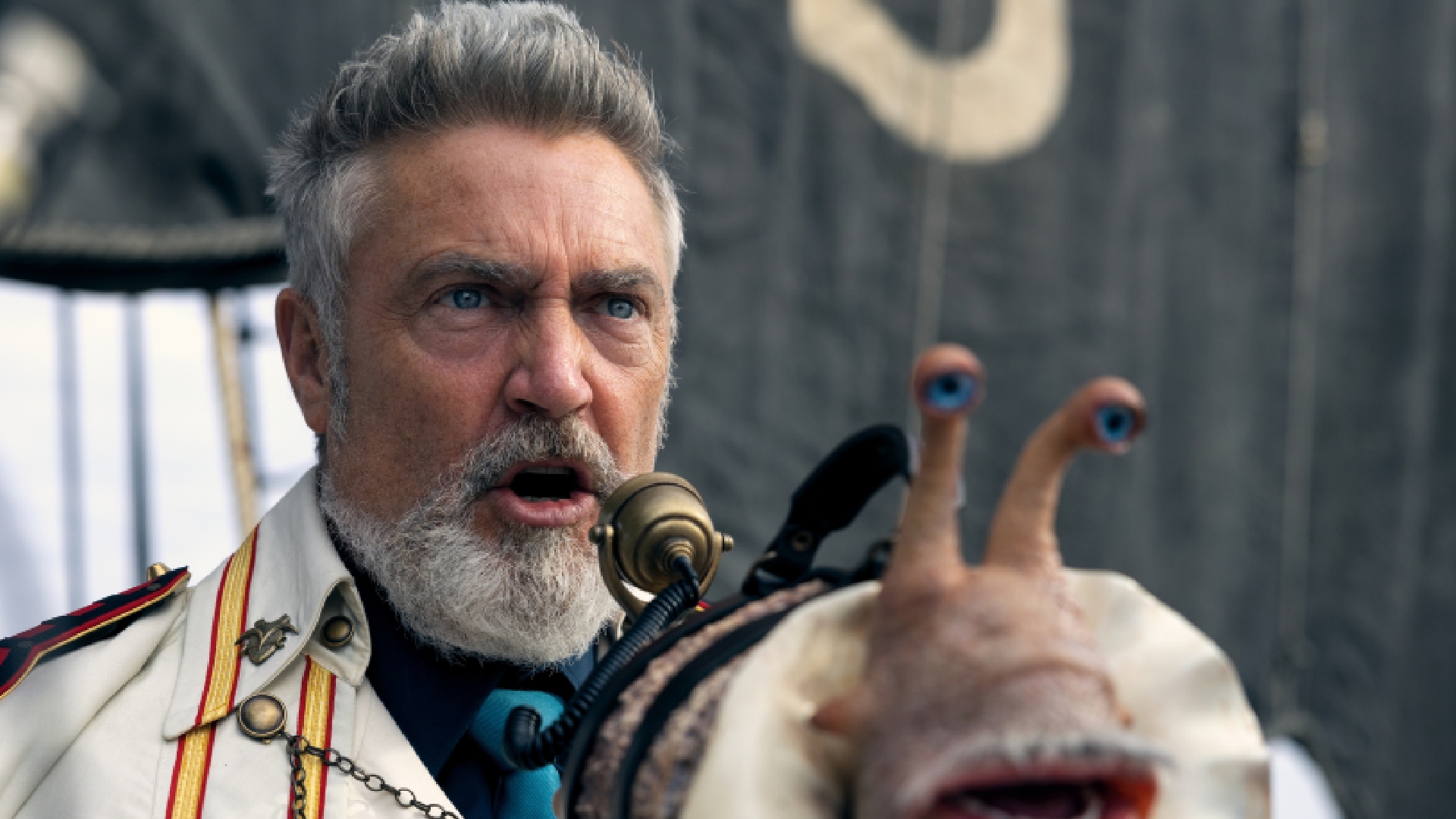
What's your favorite change that the live-action series makes?
I would say there are two changes that I really enjoyed and fought very hard for. One was the bringing forward of the Marine pursuit with Garp, Koby, and Helmeppo, and getting those characters who don't really come back into the story until around chapter 300ish of the manga, getting them into the story to make it feel like there were Marines on our ass in hot pursuit.
And then also, it gave an opportunity to tell the really nice version of the Garp and Luffy story where we reveal halfway through the season, "Oh my God, that's grandpa!" And also then to see the Koby / Luffy parallel as one is trying to be the best Marine he can be and the other is trying to be the best pirate he can be. That was a really nice parallel in the story – it just wasn't in the exact time of the 100 chapters.
I would say the second thing that I'm very proud of is bringing up Arlong and letting him kind of be the big bad of season one, so that season one feels like it has a structure to it that kind of begins and ends with the East Blue journey. But that also ties in Arlong as that antagonist and also wraps in the Nami story in a way that really pays off beautifully at the end of the season.
Over the years, there has to have been numerous opportunities for Oda to do something like this before. What sets this one apart, do you feel? What makes it different or better such that it gets Oda's seal of approval and has actually crossed the finish line here?
I think that this is the right time for this story to come out. Technologically, I think that visual effects have gotten to the place where, even though very expensive, are affordable for this type of show, and television shows are being made with an eye toward a lot of time and money being spent on them to do it right so that people aren't looking and going, "Ah, you know, the effects are shitty, that looks terrible." No one wanted that.
So, I think it was timing as far as technology was concerned, but then also, it very much feels like a story for our time that is something that needs to be told. About following your dreams – and Luffy's superpower I've always said is the ability to inspire other people's dreams, not stretching. That's there, but the fact that he is able to get you to remember the dream that you thought was in your past, and get you to believe in that and to go along with him? That is an amazing superpower, and I think something that needs to be out in the world right now.
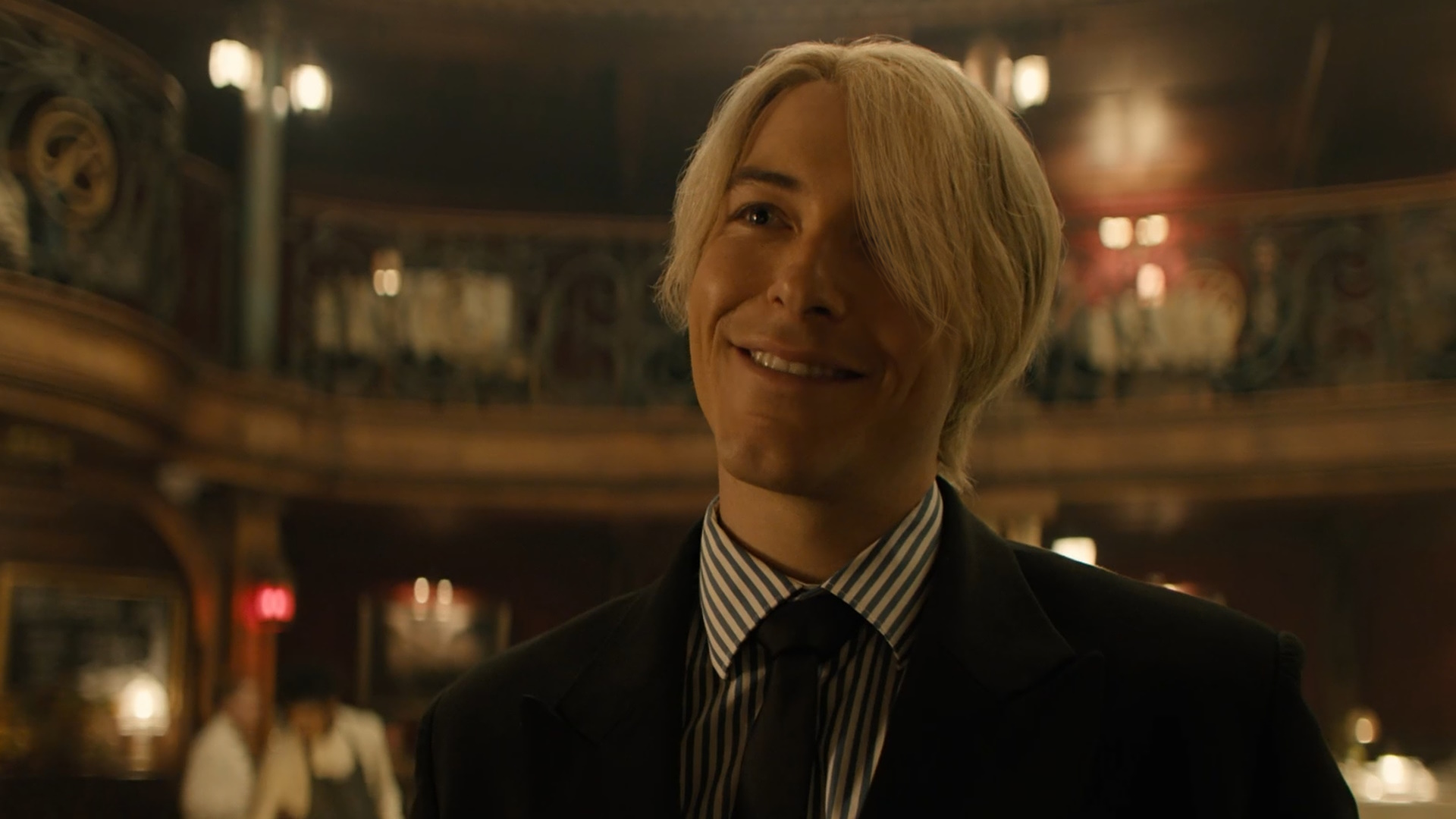
You've worked on plenty of huge shows [X-Files, Lost] over the years, but it seems fair to say that, at least internationally or globally, this is by far the highest-profile work you've done.
For sure.
How do you approach showrunning something like this? Is it vastly different from other shows? Or is there plenty of overlap there?
It's vastly different from other shows. On a normal broadcast or cable schedule, you are shooting, you know, maybe your pilot is 15-to-20 days, if you're lucky. And then your episodes are seven, eight, 12 days, something like that. This show shot like a feature.
The amount of time and money we had was feature length and feature quality, very close to that anyway. It was definitely donning a new hat to be able to say, "OK." I've run shows that were tighter and more time intensive as far as what we had to get done on any given day. This was a different one. So, the page count goes way down that you have to hit on a day, which is great because then you have more time to spend with that.
The number of sets that were built by our amazing production design and construction team; I've never done anything like it before. Usually you build a set like Baratie, if you can even afford a set like Baratie, you build that and you use it for not only the full season, but you use it for the run of the show. Baratie we used for two episodes and it was torn down, and it broke my heart to see you know how much work went into putting it up and then to have it taken down. Same for Windmill Village. It was in two episodes in a flashback for Luffy – torn down. And I've never done anything like that before. So, that was a luxury and something that I think will pay off in the giant scope you see on screen.
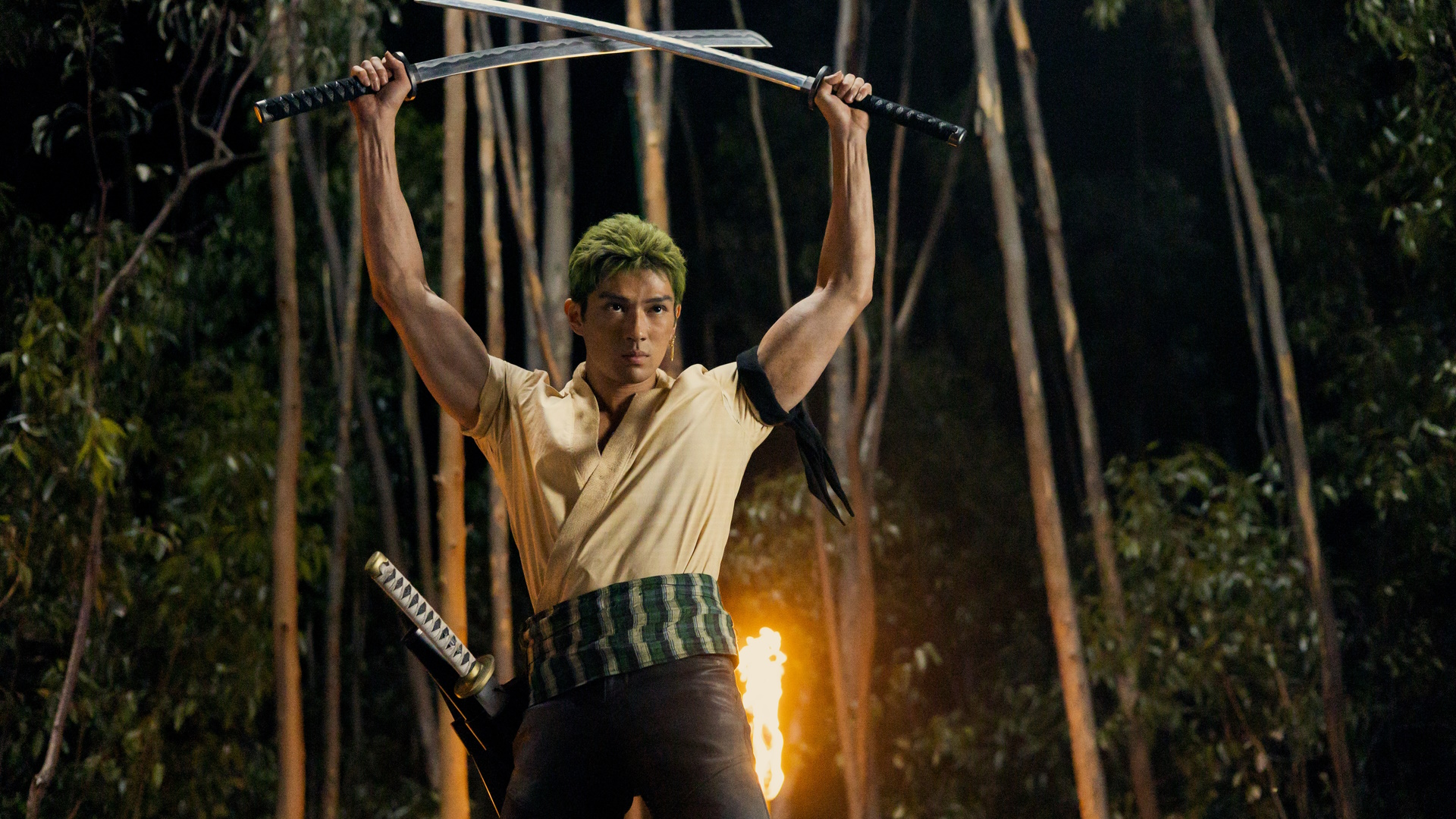
What does success for the adaptation look like for you? Other than, you know, obviously a bunch of people watching it, numbers go up, that's great. But what would make this a successful live-action adaptation?
For me, I think it's again striking that right balance. The pay-off is striking that balance where the hardcore fans really are loving the show and digging the vibe – even the things that are different – and that new fans are coming in and saying, "I've never heard One Piece but I love this. I now want to read the manga, I want to see the anime." And I felt the same way when I first saw Game of Thrones. I was like, "What is this? I gotta read this!" So, it's getting both camps in together under the tent and hoping that everybody is happy with it.
And then I think the people I really want, and this is my own ego, but the people I really want are the ones who are naysayers who are saying: "This will never work. Live-action manga or anime adaptations don't work, they're terrible across the board." And I've read some social media posts and things where people are like, "Dare I say I've seen the trailer now, and I'm a little hopeful for this?" I want those people to be like: "Oh, my God, I was wrong. This is possible, it is doable, and they did it on the show."
The first season of the live-action One Piece is currently available on Netflix. If you're already done with it, however, here are some of the best Netflix shows to watch right now.
And if you're looking for more One Piece, specifically, you can check out our interviews with Luffy's Iñaki Godoy, Zoro's Mackenyu, Nami's Emily Rudd, Usopp's Jacob Romero Gibson, and Sanji's Taz Skylar.

Rollin is the US Managing Editor at GamesRadar+. With over 16 years of online journalism experience, Rollin has helped provide coverage of gaming and entertainment for brands like IGN, Inverse, ComicBook.com, and more. While he has approximate knowledge of many things, his work often has a focus on RPGs and animation in addition to franchises like Pokemon and Dragon Age. In his spare time, Rollin likes to import Valkyria Chronicles merch and watch anime.


